Introduction
Pipeline Maintenance
Pipeline maintenance stands as the unsung hero of industrial operations. It ensures uninterrupted flow and safety. This introduction peels back the layers of this critical process. Regular checks and cleaning underpin this largely unseen but crucial operation. Workers rely on it to prevent disruptions and hazards.
The Crucial Role of Disc Pigs in Pipeline Integrity
Disc pigs stand guard over the well-being of pipelines. They play an indispensable role in routine upkeep. These tools navigate through pipelines, tackling buildup and wear before they escalate. Consequently, they help avert expensive repairs and potential environmental incidents. Their use embodies proactive care, keeping the lifeblood of industry pumping.
The Crucial Role of Disc Pigs in Pipeline Integrity
Disc pigs serve as the frontline defenders of pipeline health. They are vital for regular maintenance and avoiding costly breakdowns.
Understanding Disc Pigs
What is a Disc Pig?
A disc pig is a maintenance device that travels inside pipelines. It performs cleaning and inspection tasks to maintain flow efficiency.
Defining the Tool: Purpose and Design
Disc pigs boast a simple design with a powerful purpose. They clear debris, inspect for damage, and safeguard pipeline operations.
The Evolution of Pipeline Pigs
Pipeline pigs have evolved from basic cleaners to sophisticated inspection tools. This evolution marks significant progress in pipeline maintenance technology.
Understanding Disc Pigs
What is a Disc Pig?
A disc pig is a specialized tool that navigates the interior of pipelines. It performs essential cleaning and is crucial for maintenance checks. Operators deploy it to scrub away deposits and check for inconsistencies within the pipe.
Defining the Tool: Purpose and Design
Engineers crafted disc pigs with resilience to withstand the harsh conditions inside pipelines. They fit snugly in pipes, their discs sealing the edge for thorough cleaning. These pigs can also carry instruments to record data, providing insights into pipe integrity.
The Evolution of Pipeline Pigs
Initially, pipeline pigs were rudimentary, and used only for cleaning. Over time, they have advanced into sophisticated tools for inspection and data collection. Modern pigs now boast sensors and gauges that measure wall thickness, detect cracks, and identify corrosion spots. This progress has turned pipeline maintenance into a precise science, enhancing safety and efficiency in the industry.
The Importance of Pipeline Pigging
Maintaining Pipeline Health
Maintaining pipeline health is essential for operational success. Regular inspections and cleanings prevent costly blockages. These routine actions keep the flow efficient and reliable. Disc pigs play a key role by removing debris and buildup. They help maintain optimal pressure and flow rates within the pipeline. Moreover, clean pipelines are less prone to corrosion and other damage. Ensuring pipeline health translates into fewer interruptions and stable production rates.
Preventing Blockages and Ensuring Flow Efficiency
Preventing blockages is critical for maintaining flow efficiency. Disc pigs scrape away potential obstructions before they cause issues. They move through pipelines, pushing out sediment and scale. This proactive approach keeps liquids and gases moving smoothly. It also reduces the strain on pumps and compressors. Efficient flow saves energy and reduces operational costs over time.
Extending the Lifespan of Pipelines
Routine maintenance with disc pigs can significantly extend a pipeline’s lifespan. Regular cleaning prevents the buildup that leads to corrosion and wear. As a result, pipelines remain in service for longer periods without major repairs. This proactive maintenance strategy minimizes downtime and extends asset value. It’s a cost-effective way to protect the substantial investment in pipeline infrastructure.
Considérations relatives à la sécurité et à l’environnement
Safety and environmental considerations are paramount in pipeline maintenance. Regular pigging with disc pigs helps avoid spills and leaks. These incidents can have devastating effects on the environment and human health. Keeping pipelines clean and in good repair minimizes the risk of such events. Furthermore, it ensures companies meet stringent environmental regulations. This commitment to safety and environmental care protects communities and ecosystems alike.
Avoiding Spills and Leaks with Regular Pigging Through Disc Pig
Regular pigging is key to avoiding spills and leaks. Disc pigs identify weak spots that could lead to breaches. Timely maintenance can then address these issues before they escalate. This vigilance safeguards the environment and reduces the risk of costly fines. It also preserves the reputation of companies as responsible operators.
Compliance with Environmental Regulations
Compliance with environmental regulations is non-negotiable. Disc pigs help companies meet these standards. The data collected during pigging operations can demonstrate compliance efforts. It provides a record of proactive pipeline management. This documentation is crucial during inspections and audits. It shows a commitment to environmental stewardship and public safety.
Disc Pig Operation
Disc Pig Operation
Operating a disc pig involves precision and careful planning. Crews insert the pig into the pipeline at the designated launch area. They then propel it forward using the product flow or a driving medium. The pig travels the pipeline’s length, cleaning and inspecting as it goes. Operators must ensure the pig matches the pipeline’s size and product type for optimal performance. Throughout the operation, they monitor progress to prevent stalls and ensure thorough maintenance.
The Pigging Process
The pigging process starts with the strategic insertion of the disc pig. Operators launch it into the pipeline through a specialized launching station. As the pig moves, it sweeps debris and inspects the pipeline’s interior. Once it reaches the receiving trap at the end of the pipeline, operators retrieve it carefully. This cycle is crucial for maintaining pipeline integrity and efficiency.
Launching and Receiving: A Step-by-Step Guide
Launching and receiving a disc pig is a meticulous procedure. Operators first prepare the pig and the launcher. Then, they introduce the pig into the pipeline, initiating the cleaning cycle. The pig travels to the receiving station where operators later extract it. Each step requires vigilance to maintain the pig’s condition and pipeline safety.
Monitoring and Tracking the Pig’s Journey
Monitoring and tracking the pig’s journey is essential for successful operations. Operators use tracking devices and signals to follow the pig’s progress. This oversight ensures the pig doesn’t become stuck or lost. It also confirms the pig is performing its intended tasks. Real-time monitoring enables immediate responses to any anomalies during the run.
After the Run
After the run, operators retrieve the pig and begin analysis. They inspect the pig for damage and signs of pipeline issues. The debris and residue collected offer clues about the pipeline’s condition. Operators then plan any necessary repairs or additional maintenance. This follow-up is as important as the pigging itself, ensuring long-term pipeline health.
Analyzing the Results: What the Disc Pig Tells Us
Analyzing the results involves inspecting the disc pig and the debris it has removed. Operators look for signs of wear, corrosion, or deposits that indicate pipeline issues. They assess the volume and type of debris to gauge the pipeline’s cleanliness. These findings help plan future pigging schedules and maintenance activities.
Handling and Disposal of Waste Material
Handling and disposal of waste material are critical for environmental safety. Operators must manage the byproducts of pigging according to regulations. They separate waste from the disc pig carefully, ensuring it does not contaminate the surroundings. Proper disposal methods prevent environmental harm and comply with waste management laws. This step closes the loop on a responsible pigging operation.
Applications of Disc Pigs
Disc pigs have diverse applications in pipeline maintenance. They ensure operational efficiency and safety across various industries. By cleaning and inspecting pipelines, they prevent blockages and detect issues early. This versatility makes them a valuable tool in maintaining the integrity of fluid transport systems.
In the Oil and Gas Industry
In the oil and gas sector, disc pigs are indispensable. They maintain the flow in pipelines which are the industry’s lifelines. Regular pigging operations prevent costly downtimes and ensure continuous energy supply. These operations are crucial for meeting global energy demands reliably and safely.
Keeping the Lifeline of Energy Flowing
Disc pigs keep the energy lifeline flowing. They do this by cleaning out deposits and inspecting for wear. These maintenance steps are essential for uninterrupted energy transportation. Without them, the risk of energy supply disruptions increases significantly.
Case Studies: Success Stories in the Field
Case studies highlight the success of disc pigs in the field. They have prevented spills, extended pipeline life, and saved companies millions. Each success story reinforces the value of regular pigging operations. Operators share these successes to promote best practices in pipeline maintenance.
Beyond Oil and Gas
Disc pigs’ utility extends beyond oil and gas. They are vital in other industries that rely on pipelines for fluid transport.
Water Treatment Facilities: Ensuring Clean Water Supply
Water treatment facilities use disc pigs to ensure a clean water supply. They remove contaminants and prevent biofilm formation in the pipes. This is vital for providing safe, potable water to communities. Regular pigging supports public health and the facility’s operational efficiency.
Chemical Plants: Maintaining Purity in Process Pipelines
Chemical plants rely on disc pigs to maintain purity in process pipelines. They remove residue and prevent cross-contamination. This is crucial for product quality and safety. Pigging in chemical plants is a key part of maintaining stringent industry standards.
Conclusion
Disc pigs bring undeniable value to pipeline maintenance. They efficiently clean and inspect, preventing blockages and detecting early signs of wear. This proactive approach saves companies from costly repairs and ensures uninterrupted flow. Disc pigs contribute to the longevity of pipelines, making them a smart investment for any operation reliant on fluid transport. Their role in maintaining pipeline health is critical, as they prevent downtime and secure energy supplies. Ultimately, disc pigs stand as a cornerstone in the industry, safeguarding the lifelines that fuel our daily lives.


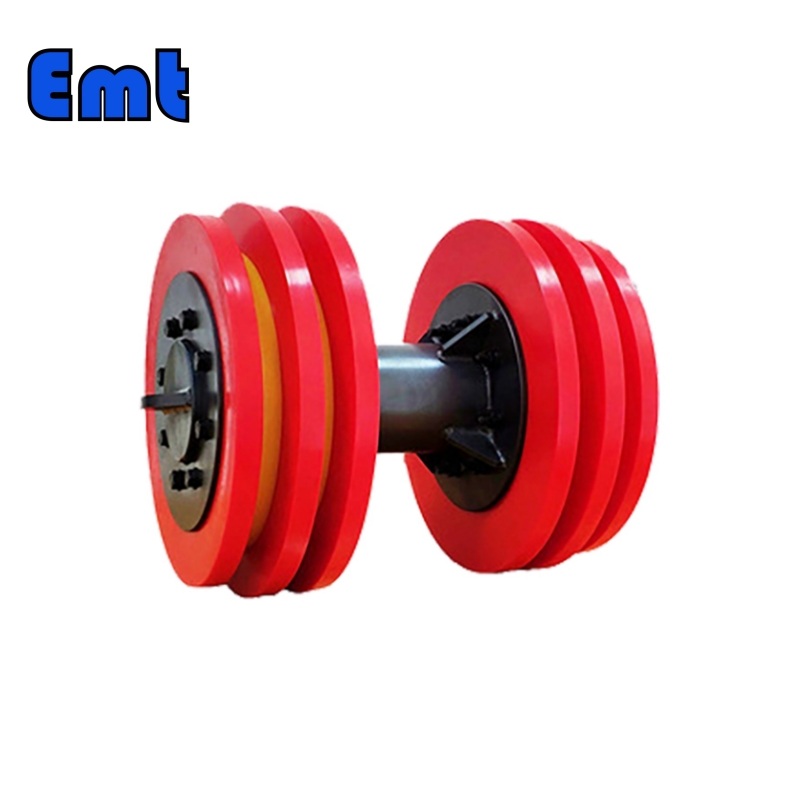
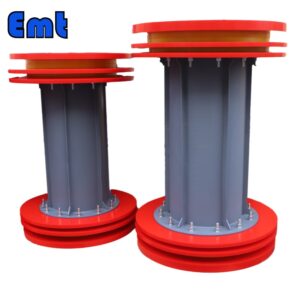
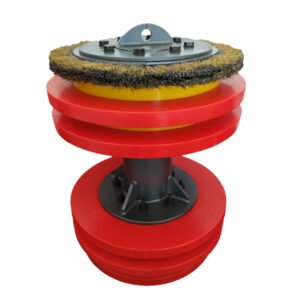
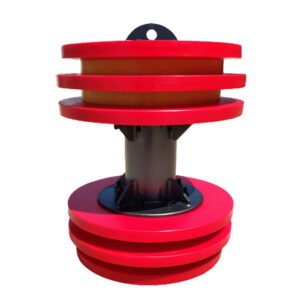
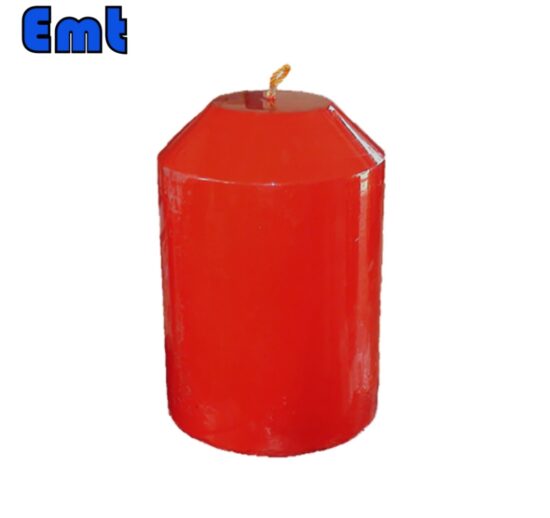

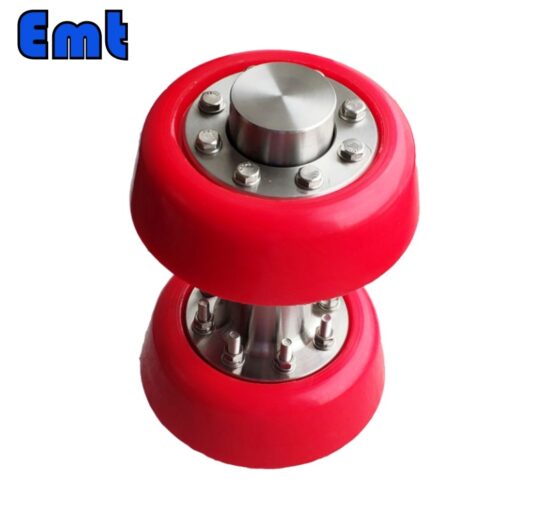
Il n’y a pas encore d’avis.